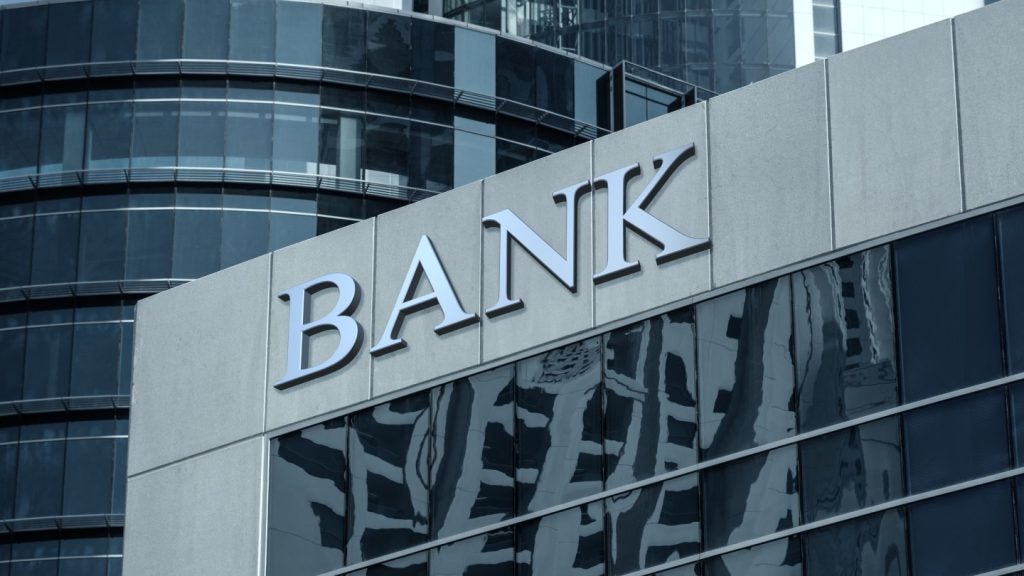Spoofing metadata and compromising device data on mobile platforms increased by 149% between June and December 2022 according to a report entitled Biometric Threat Landscape 2023 from biometrics provider iProov.
Digital injection attacks happen when malicious actors use synthetic imagery and video recordings to bypass a camera feed and access someone’s personal data.
As more users demand remote accessibility to banking and government services, companies and organisations have increasingly switched to biometric face verification. This raises the likelihood of biometric attacks.
iProov COO Andrew Newell said: “Our analysis shows that the online threat landscape is always rapidly evolving”. According to Newell, “the 149% increase in attacks using emulators posing as mobile devices is a good example of how attack vectors arrive and scale very quickly. We have seen a rapid proliferation of low-cost, easy-to-use tools that have allowed threat actors to launch advanced, scalable attacks with limited technical skill”.
Malicious actors can purchase over 75% of malware for under $10 on the dark web. Following the rise of malware-as-a-service and plug-and-play kits, only 2-3% of actors are nowadays advanced coders.
Deepfake attacks now a reality
The latest cyberattacking techniques involve the use of deepfake technology. Attackers are increasingly using it to create 3D videos of a consumer’s face to bypass biometric face recognition. As a result, the UK government is considering a UK Online Safety Bill to ban the non-consensual use of deepfakes.
How well do you really know your competitors?
Access the most comprehensive Company Profiles on the market, powered by GlobalData. Save hours of research. Gain competitive edge.

Thank you!
Your download email will arrive shortly
Not ready to buy yet? Download a free sample
We are confident about the unique quality of our Company Profiles. However, we want you to make the most beneficial decision for your business, so we offer a free sample that you can download by submitting the below form
By GlobalDataFounder and CEO of iProov Andrew Bud stated: “In 2020, we warned of the emerging threat of deepfakes being digitally injected into camera feeds to impersonate an individual’s biometric verification process. This report proves that deepfake attacks are now a reality. Even with advanced machine-learning computer vision, systems are struggling to keep up in detecting and triaging these evolving attacks. Any organisation that isn’t protecting its system against these threats needs to do so urgently, especially in high-risk identity verification scenarios”.
2022 also saw a new synthetic digital attack emerging: novel face swaps. Attackers combine existing video or live streams in real time and superimpose another identity over the original feeds.
Other techniques involve motion-based attacks during which multiple cybercriminals submit between 100 and 200 verification attempts simultaneously in order to overwhelm platforms. Last year, motion-based attacks occurred three times a week on average.







